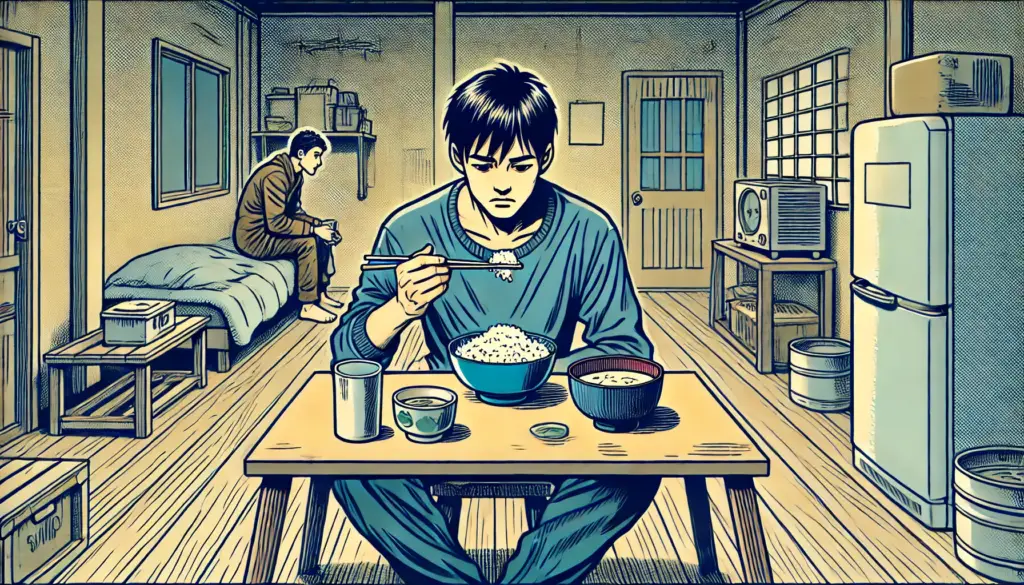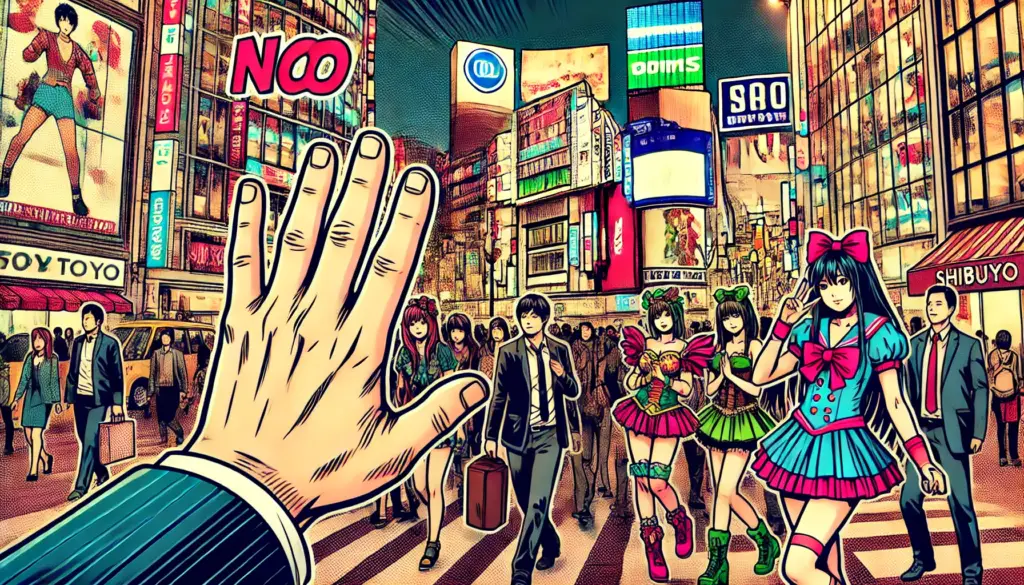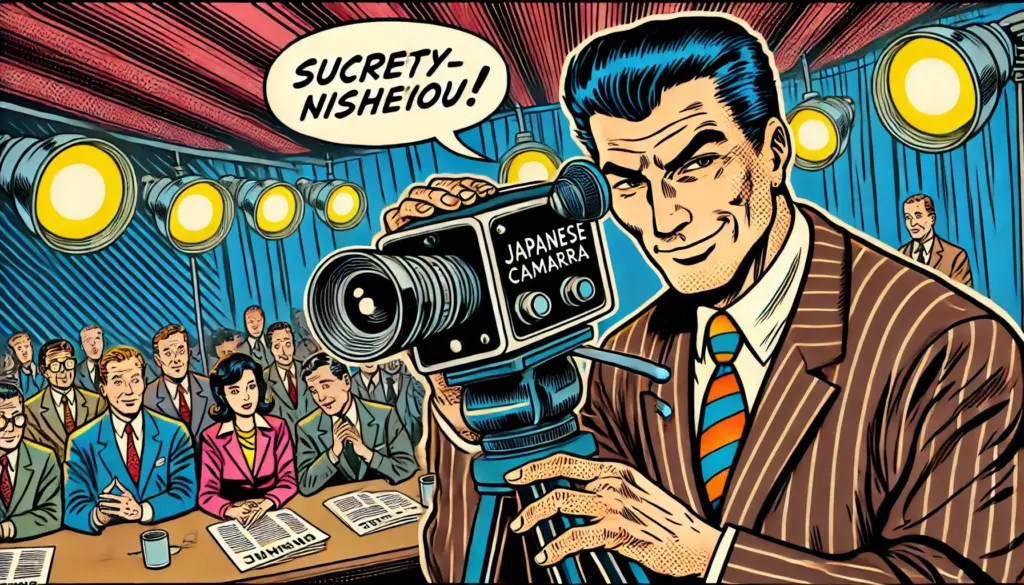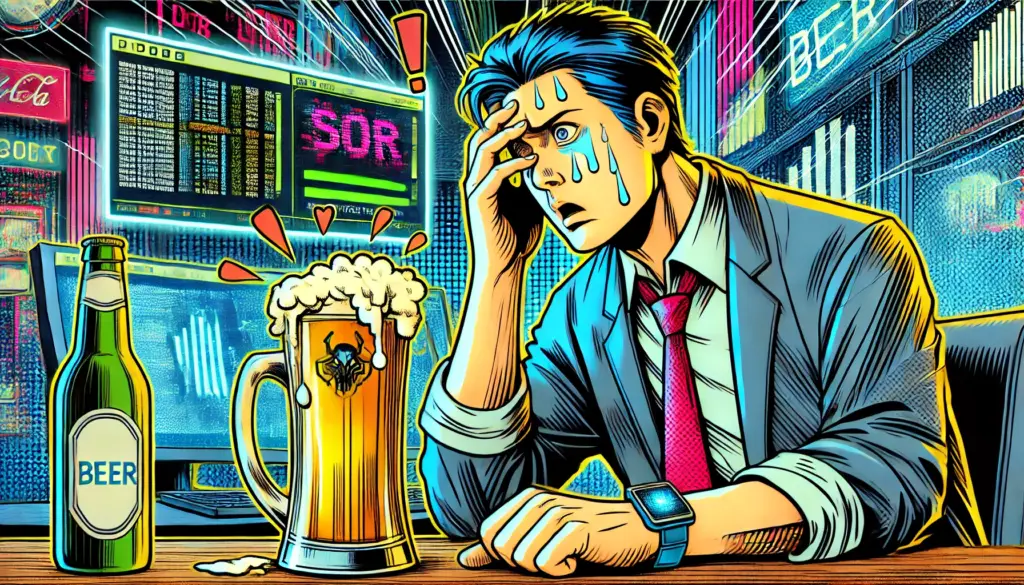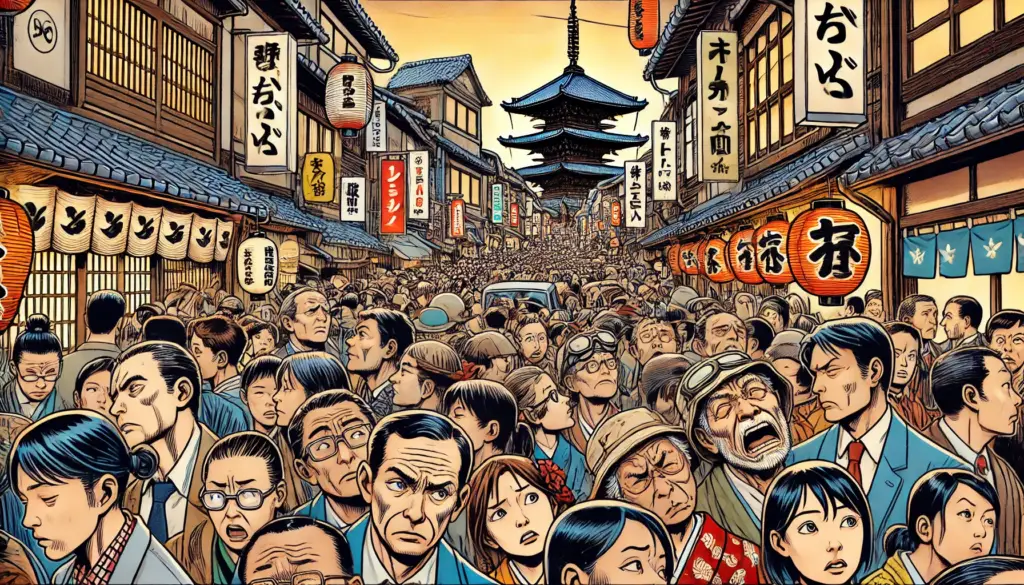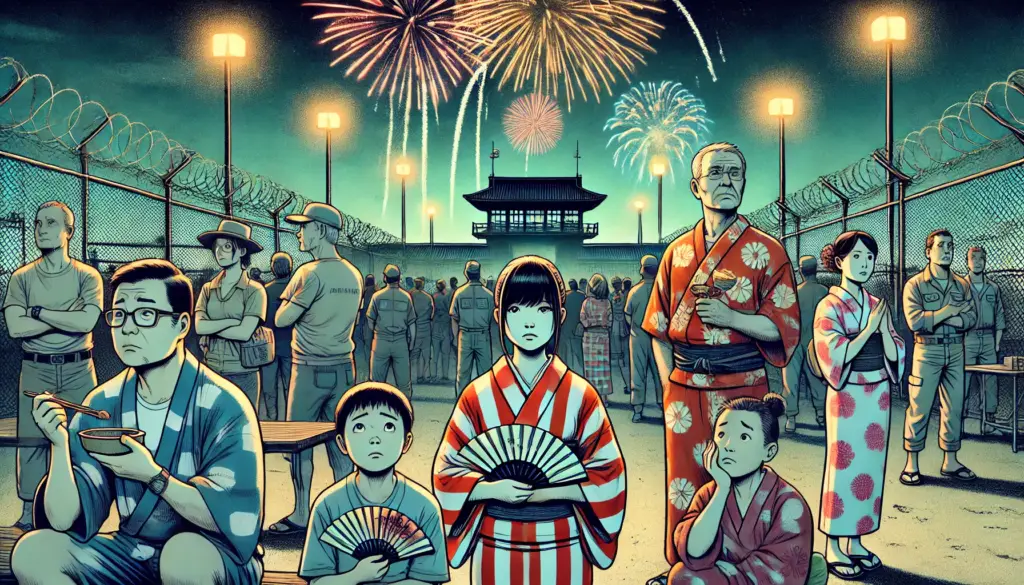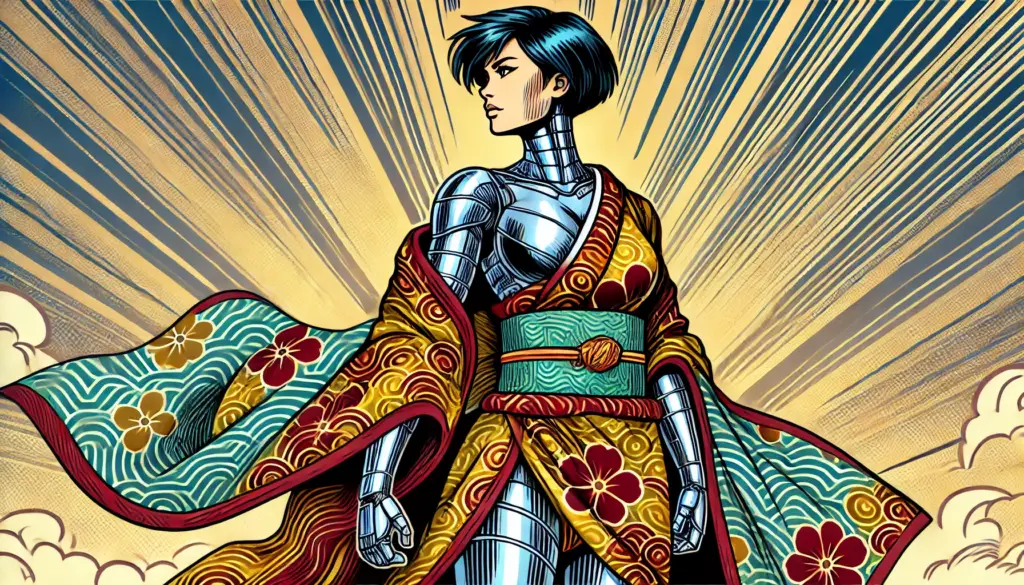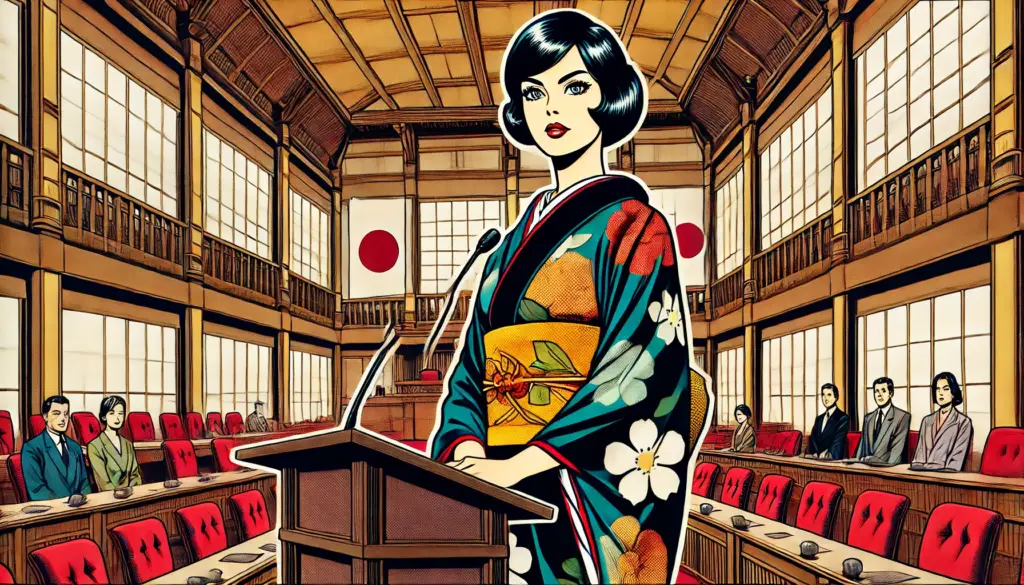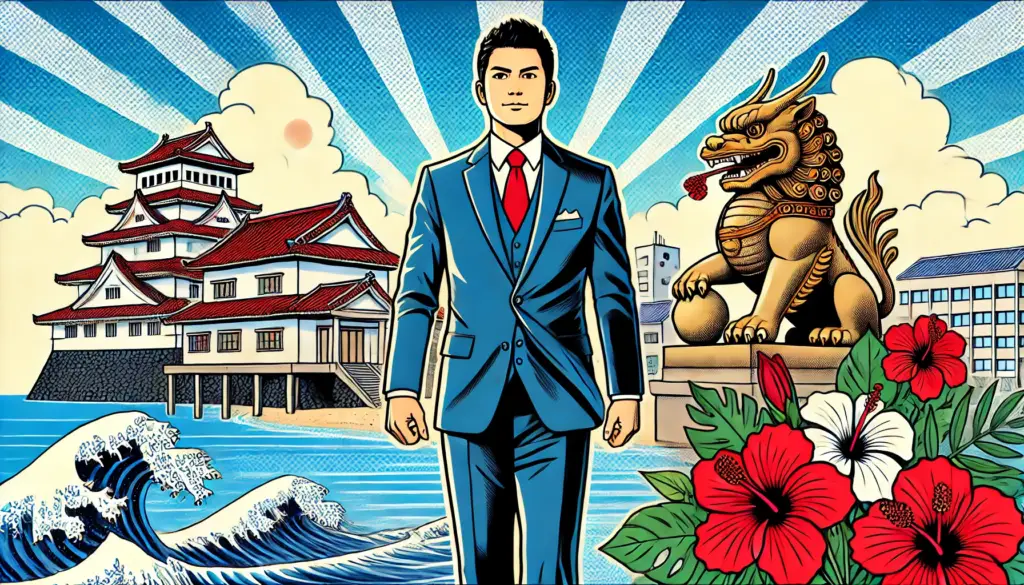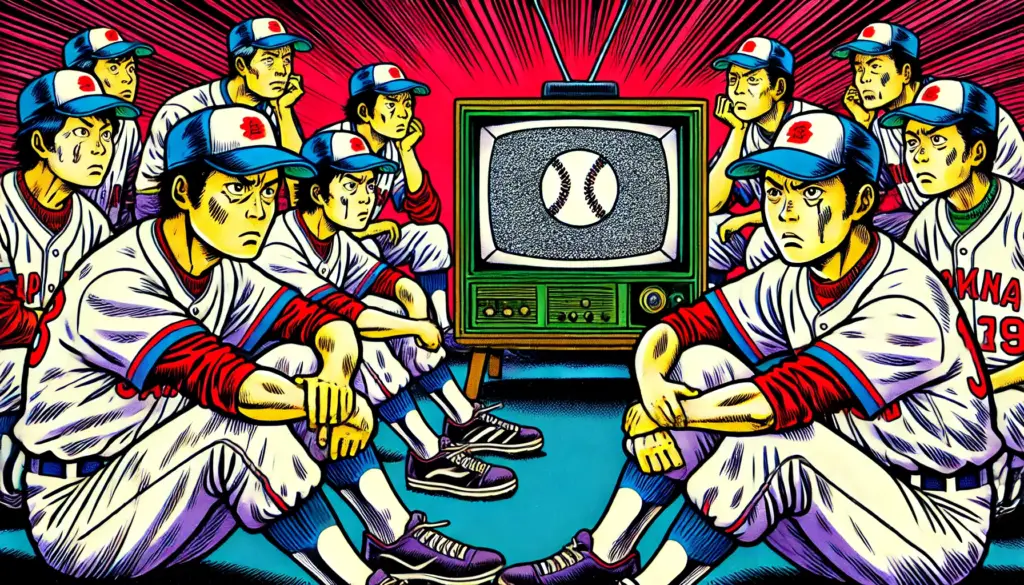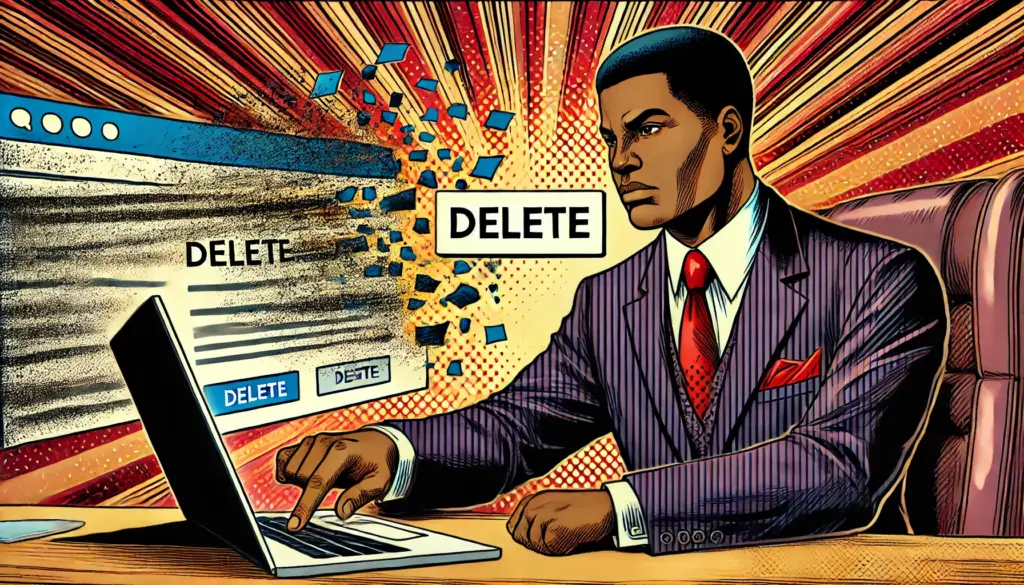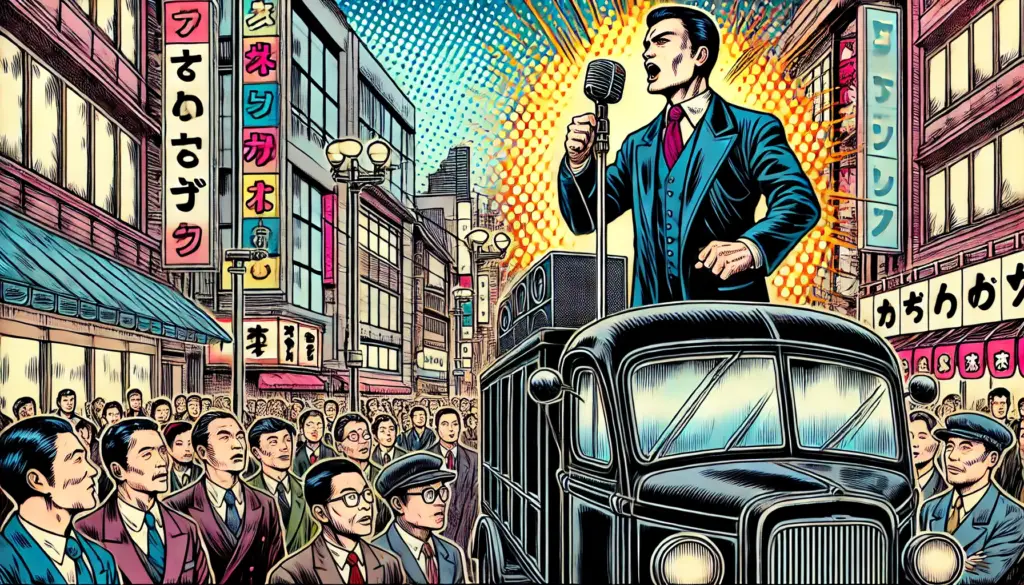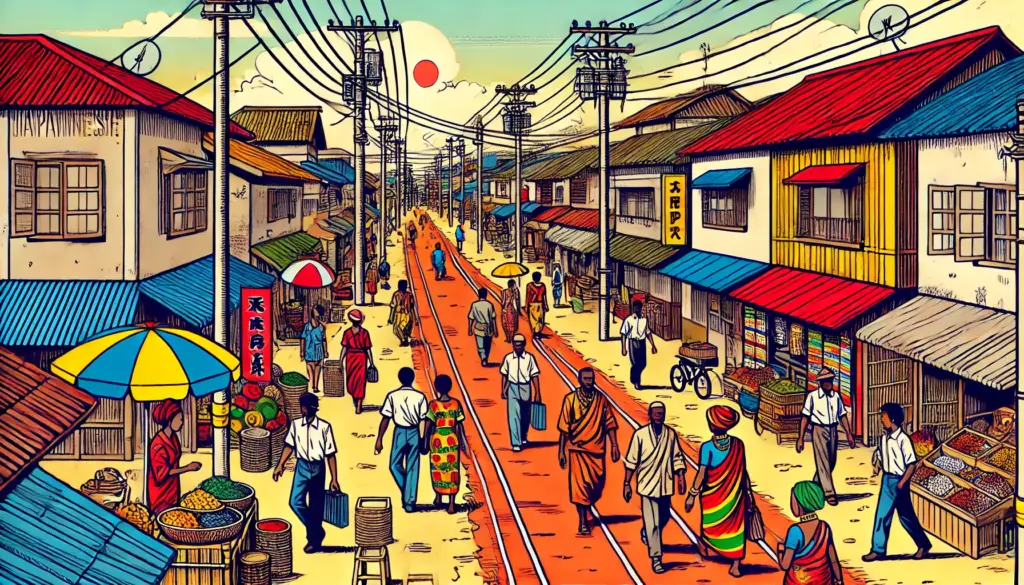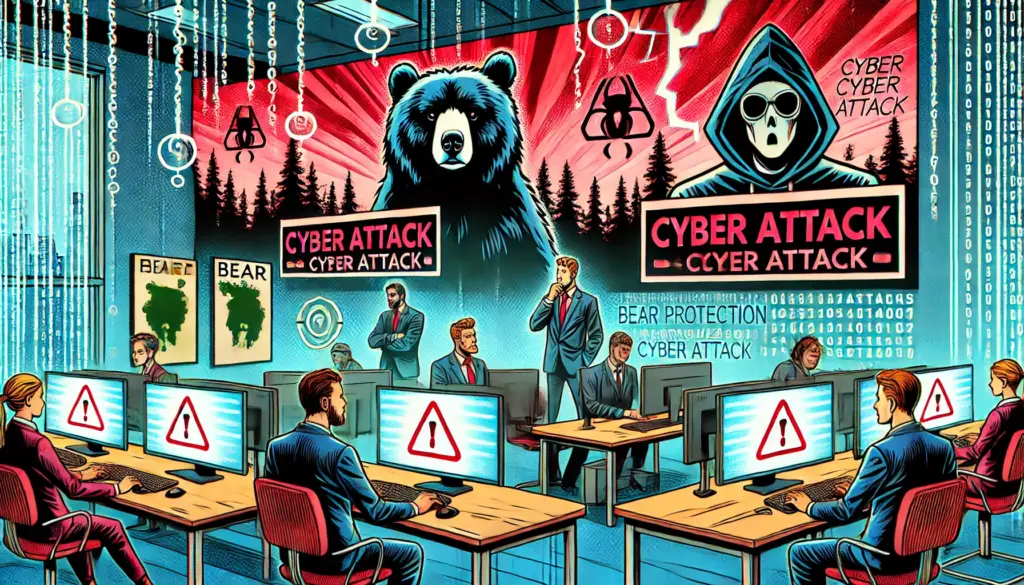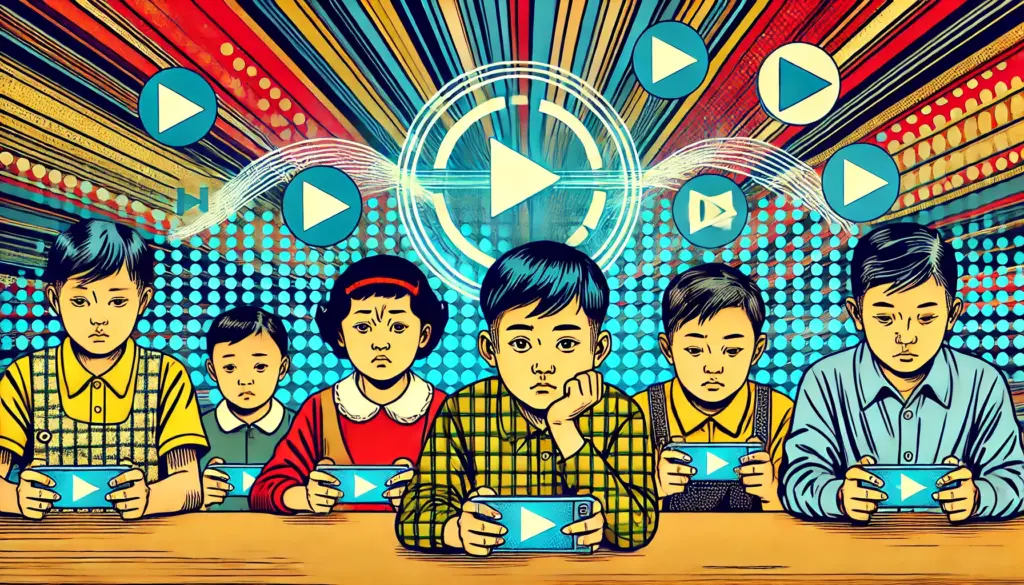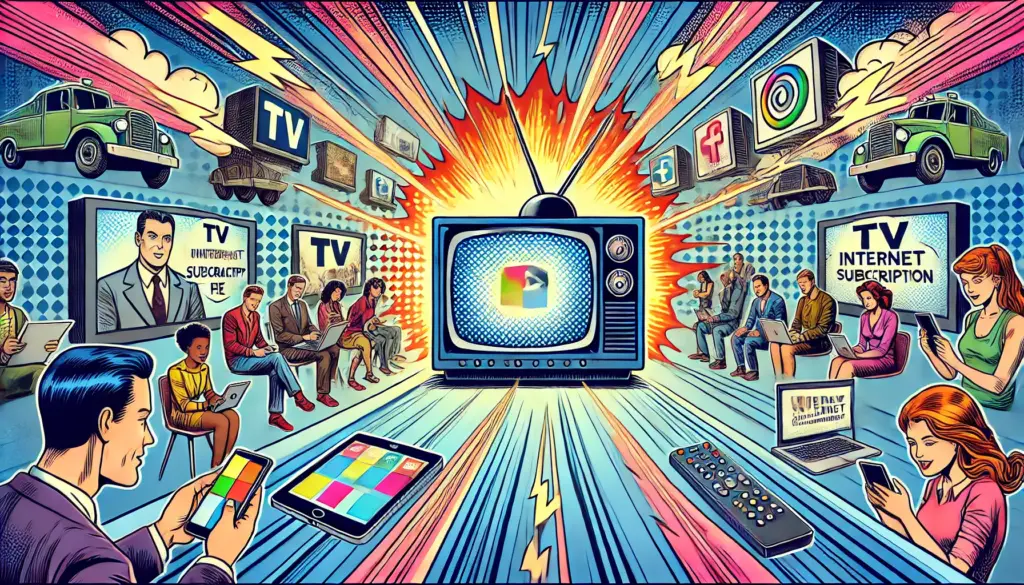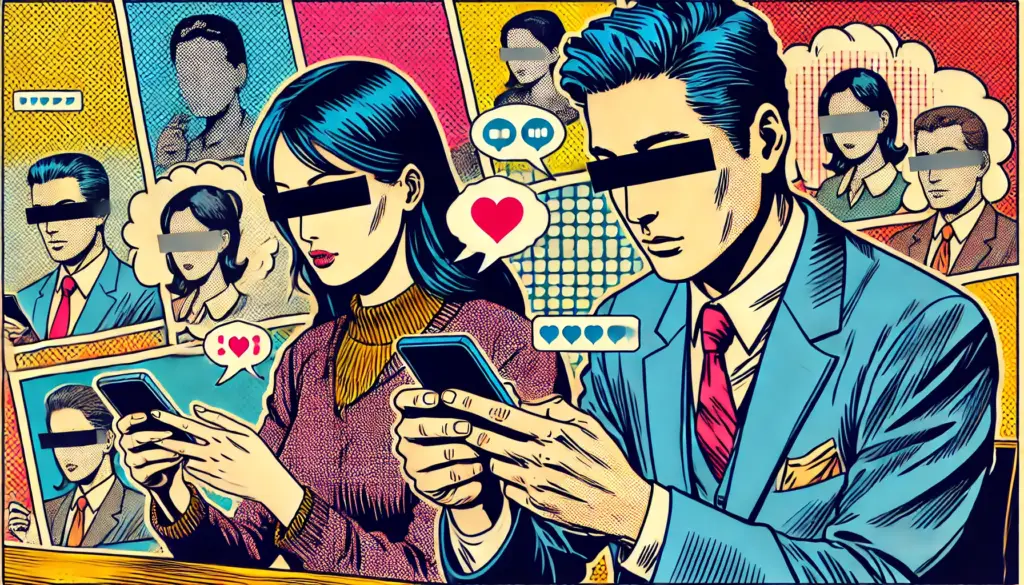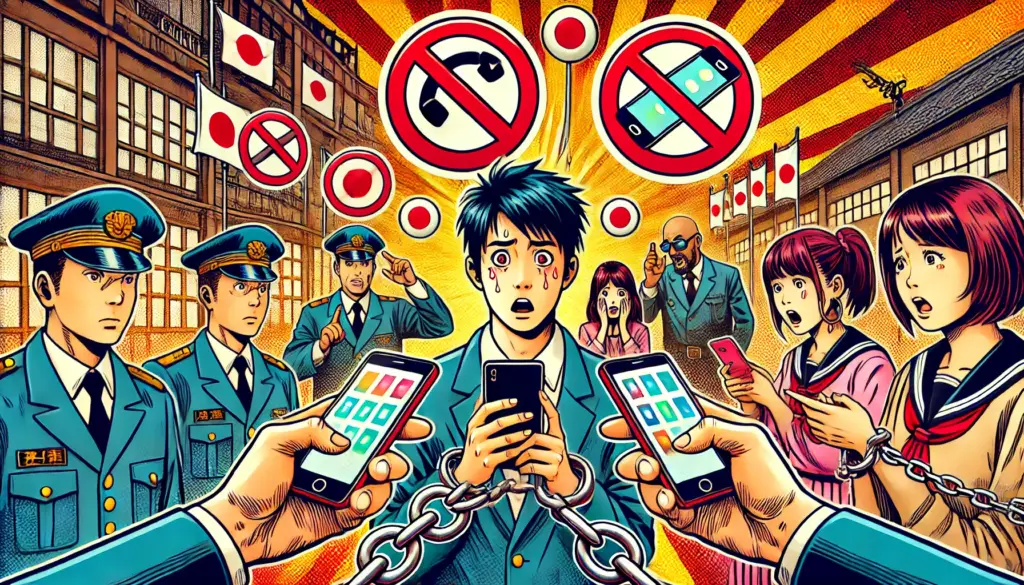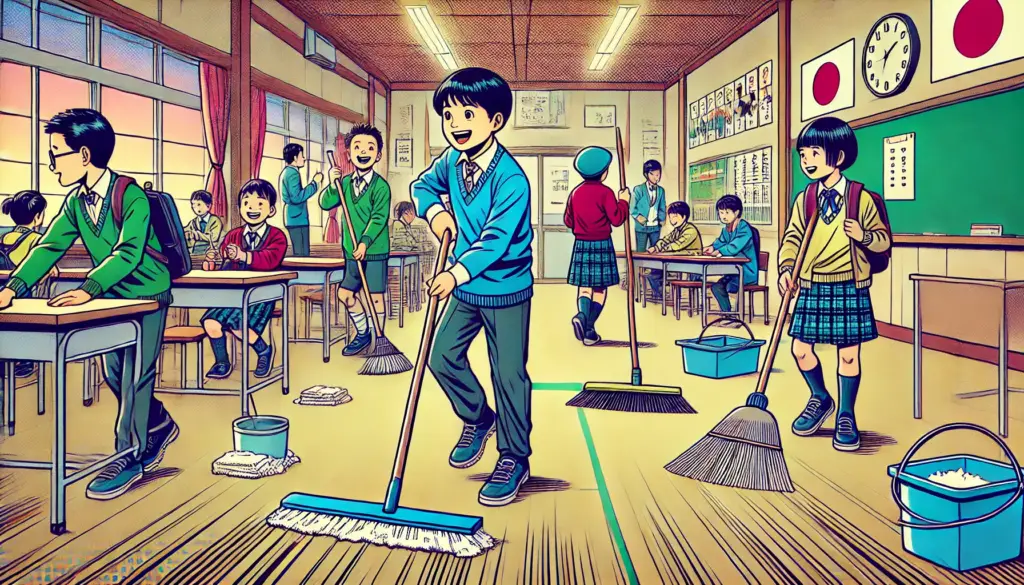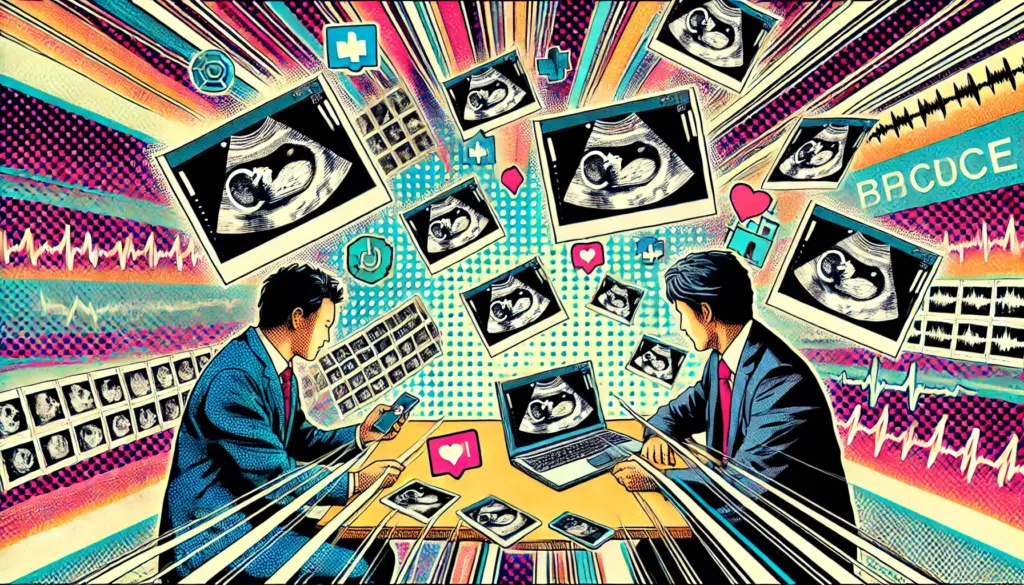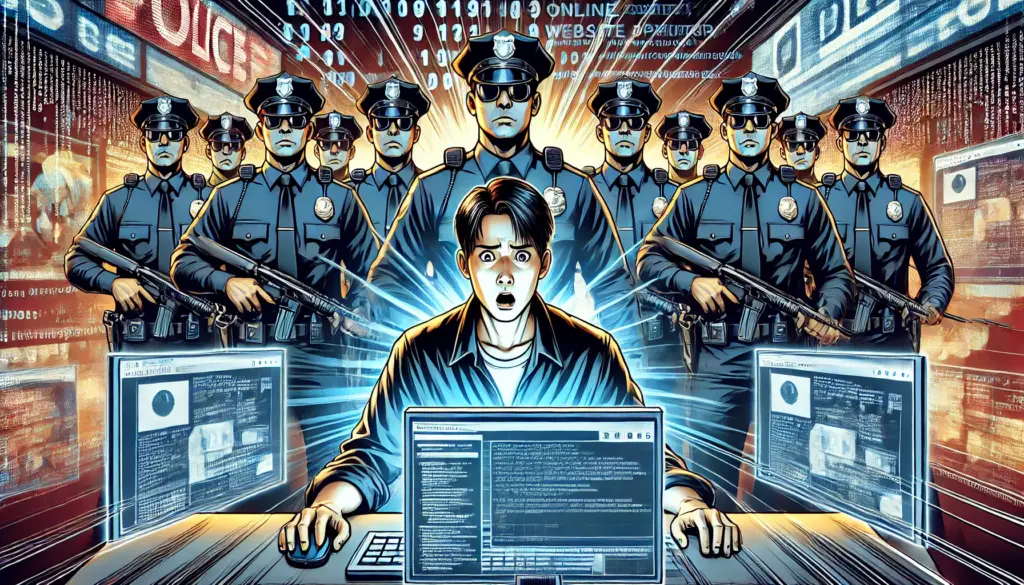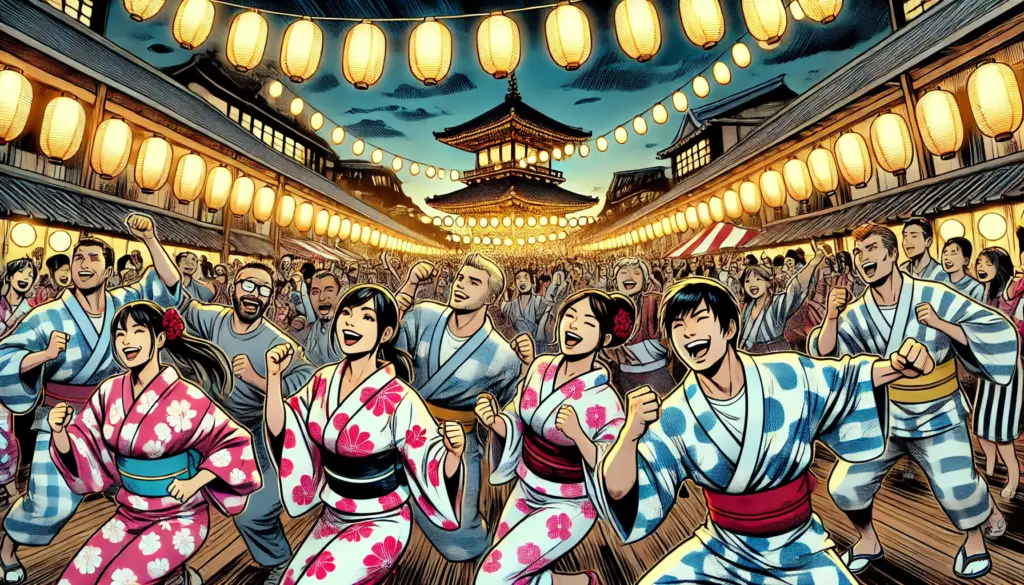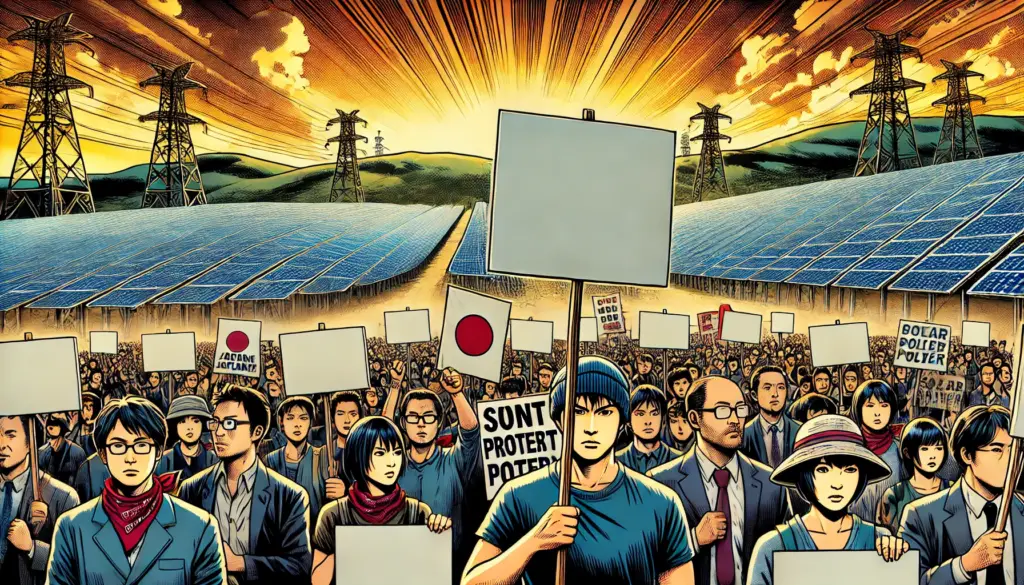
It was a shocking headline that sent ripples through both Japan and Europe — a senior Japanese football official arrested in France for possessing child pornography. The news immediately fueled debate over whether Japan’s laws and culture are too lenient toward such material. Some international outlets even called Japan a “child pornography powerhouse.” But how accurate is that claim? And what deeper issues does this case reveal about Japan’s legal and moral stance on child protection?
The Arrest in France ⚖️
Masahisa Kageyama, a high-ranking member of Japan’s Football Association, was arrested while traveling through France after authorities discovered illegal images on his device. French prosecutors moved swiftly: within days, he was convicted and handed a suspended prison sentence, fined, and banned from engaging in activities related to minors.
Kageyama reportedly claimed that the images were AI-generated, insisting they were “artistic works” rather than depictions of real children. However, investigators concluded that some of the material showed real minors. Regardless of intent, French law does not distinguish between real and AI-simulated child pornography, and the sentence reflected that.
In Japan, the Football Association immediately dismissed him and issued a public apology. Yet the damage was done — both to Japan’s international image and to long-standing debates over how the country defines and regulates child pornography.
Why the Case Shocked Japan 💥
While other countries treat possession of child pornography as a serious felony, Japan’s laws have historically been more lenient. Until 2014, mere possession was not explicitly illegal unless connected to distribution. Even after reforms, penalties remain relatively light, and AI-generated or illustrated material (such as manga or digital art) remains largely unregulated.
For many in Japan, this arrest was a wake-up call: what might be tolerated at home could lead to imprisonment abroad. The case revealed not only a gap in legal standards but also a cultural gap — between how Japan perceives fictional sexual content and how the rest of the world interprets it.
The “Powerhouse” Label — Sensational or Fair? 🧩
Calling Japan a “child pornography powerhouse” may grab headlines, but it oversimplifies a complex issue. Japan is not a producer of large-scale real child exploitation material in the modern era. Instead, the criticism stems from its legal gray zones and cultural acceptance of sexualized imagery involving minors in manga, anime, and virtual art.
This perception is amplified by the international spotlight. Western countries often interpret such depictions as promoting abuse, while many in Japan defend them as creative expression, arguing that fictional characters cause no real harm. The result is a moral tug-of-war: freedom of expression vs. protection of minors.
Japan’s Legal Framework 🏛️
Japan’s child pornography law, formally introduced in 1999 and amended several times since, prohibits the production, sale, and distribution of exploitative images involving minors. However, the country still allows some forms of “fictional” content — illustrations, computer graphics, and even AI-created imagery — as long as no real child was involved.
This distinction has long been criticized by global organizations, who argue that it normalizes exploitation and blurs moral boundaries. On the other hand, defenders of Japan’s current stance warn that expanding the law too far could threaten artistic freedom, potentially criminalizing vast portions of its manga and anime industry.
In short, Japan walks a legal tightrope: trying to protect children without suppressing its own creative culture.
The AI Factor 🤖
The Kageyama case highlights a new and alarming frontier — AI-generated child pornography. As generative technology advances, it’s becoming harder to tell what’s real and what’s fake. While Japan’s law has not yet caught up with AI’s capabilities, other countries, including France, have already criminalized such depictions regardless of whether real minors are involved.
This raises a crucial question: should Japan revise its laws to include synthetic images that appear exploitative, even if no real victim exists? Many experts warn that failing to do so could make Japan a safe haven for creators and collectors of virtual child porn.
Public Reaction in Japan 🇯🇵
The Japanese public was divided. Some were outraged, calling for immediate law reform and stronger international cooperation. Others cautioned against moral panic, emphasizing the need to distinguish between real harm and virtual fantasy.
However, one consensus did emerge: Japan’s global reputation took a hit. The incident reinforced stereotypes of the country as permissive toward sexualization of minors, even when such views are not representative of broader society.
The arrest also forced many institutions — from sports organizations to government ministries — to re-examine their own compliance and education policies. The message was clear: ignorance of foreign laws is no excuse.
International Pressure and Diplomatic Fallout 🌍
This case also became a diplomatic embarrassment. France, known for its strict child protection laws, was unwilling to treat the issue lightly, and Japan had little room to protest. In the international arena, the arrest served as a reminder that Japan’s domestic standards are out of sync with those of most developed nations.
Human rights groups have long urged Japan to adopt clearer and stricter definitions, eliminate exemptions for “artistic works,” and ensure that possession — even without intent to distribute — carries serious consequences. The Kageyama case gave their arguments new momentum.
Deeper Cultural Context 🎭
To understand Japan’s struggle with this issue, one must consider its unique cultural environment. Japanese media often features young-looking characters in sexualized contexts — not because of a widespread acceptance of real-life exploitation, but due to artistic conventions that value innocence and cuteness (“kawaii”) as aesthetic ideals.
However, when these aesthetics overlap with sexualization, it becomes difficult to separate fiction from exploitation. What may seem harmless fantasy in Japan can appear deeply disturbing abroad. This cultural gap has made legal alignment with Western norms particularly sensitive.
The Road Ahead 🚀
Japan now faces several critical choices:
- Tighten the law to include AI and illustrated depictions that simulate minors in sexual acts.
- Increase public education so that citizens understand how different countries define illegal material.
- Strengthen enforcement against real child exploitation, trafficking, and hidden online networks.
- Encourage self-regulation in the creative industry to set clearer ethical boundaries.
- Collaborate internationally to close loopholes exploited by offenders who move digital content across borders.
These steps would not only improve Japan’s international reputation but also protect children more effectively in a digital age where borders mean little.
A Personal Take 💬
Labeling Japan a “child pornography powerhouse” is both unfair and unproductive. Japan’s problem is not mass production or tolerance of real abuse, but legal lag and cultural blind spots. The Kageyama incident revealed how outdated definitions can collide with modern technology — and how moral complacency can lead to global humiliation.
The real challenge now lies in updating Japan’s moral and legal compass. Protecting artistic freedom and protecting children should not be mutually exclusive. Japan must find a balanced path — one that acknowledges global standards while preserving its cultural creativity.
Conclusion 🌈
The French arrest was more than just a scandal involving one man — it was a mirror held up to Japan’s legal contradictions and cultural sensitivities. The world is watching how Japan responds.
If Japan can modernize its laws, educate its people, and work closely with international partners, it could transform this controversy into an opportunity — not just to repair its image, but to become a global leader in ethical digital governance.

